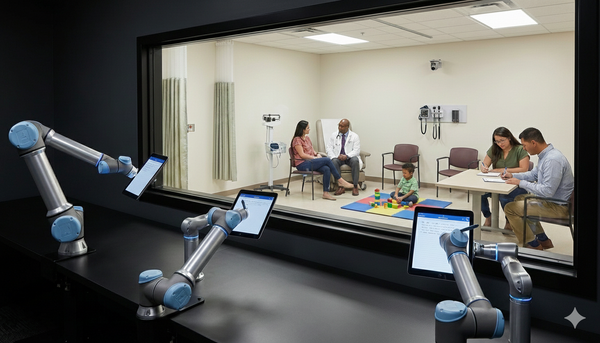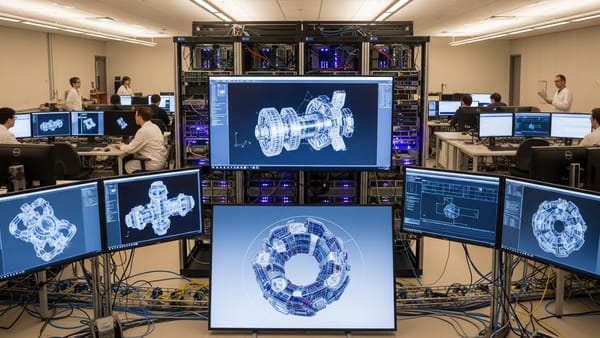The Value of AI’s Speed Is Underrated: The value of AI-driven productivity is well recognized, but AI-driven speed can create growth, too.
AI’s ability to make tasks not just cheaper, but also faster, is underrated in its importance in creating business value.

Dear friends,
AI’s ability to make tasks not just cheaper, but also faster, is underrated in its importance in creating business value.
For the task of writing code, AI is a game-changer. It takes so much less effort — and is so much cheaper — to write software with AI assistance than without. But beyond reducing the cost of writing software, AI is shortening the time from idea to working prototype, and the ability to test ideas faster is changing how teams explore and invent. When you can test 20 ideas per month, it dramatically changes what you can do compared to testing 1 idea per month. This is a benefit that comes from AI-enabled speed rather than AI-enabled cost reduction.
That AI-enabled automation can reduce costs is well understood. For example, providing automated customer service is cheaper than operating human-staffed call centers. Many businesses are more willing to invest in growth than just in cost savings; and, when a task becomes cheaper, some businesses will do a lot more of it, thus creating growth. But another recipe for growth is underrated: Making certain tasks much faster (whether or not they also become cheaper) can create significant new value.
I see this pattern across more and more businesses. Consider the following scenarios:
- If a lender can approve loans in minutes using AI, rather than days waiting for a human to review them, this creates more borrowing opportunities (and also lets the lender deploy its capital faster). Even if human-in-the-loop review is needed, using AI to get the most important information to the reviewer might speed things up. The ability to provide loans quickly opens up the market to new customers in need of rapid funds and helps customers who need a quick positive or negative decision to accept the loan or move on.
- If an academic institution gives homework feedback to students in minutes (via sophisticated autograding) rather than days (via human grading), not only is the automation cheaper, the rapid feedback facilitates better learning.
- If an online seller can approve purchases faster, this can lead to more sales. For example, many platforms that accept online ad purchases have an approval process that can take hours or days; if approvals can be done faster, they can earn revenue faster. Further, for customers buying ads, being able to post an ad in minutes lets them test ideas faster and also makes the ad product more valuable.
- If a company’s sales department can prioritize leads and respond to prospective customers in minutes or hours rather than days — closer to when the customers’ buying intent first led them to contact the company — sales representatives might close more deals. Likewise, a business that can respond more quickly to requests for proposals may win more deals.
I’ve written previously about looking at the tasks a company does to explore where AI can help. Many teams already do this with an eye toward making tasks cheaper, either to save costs or to do those tasks many more times. If you’re doing this exercise, consider also whether AI can significantly speed up certain tasks. One place to examine is the sequence of tasks on the path to earning revenue. If some of the steps can be sped up, perhaps this can help revenue growth.
Growth is more interesting to most businesses than cost savings, and if there are loops in your business that, when sped up, would drive growth, AI might be a tool to unlock this growth.
Keep building!
Andrew




